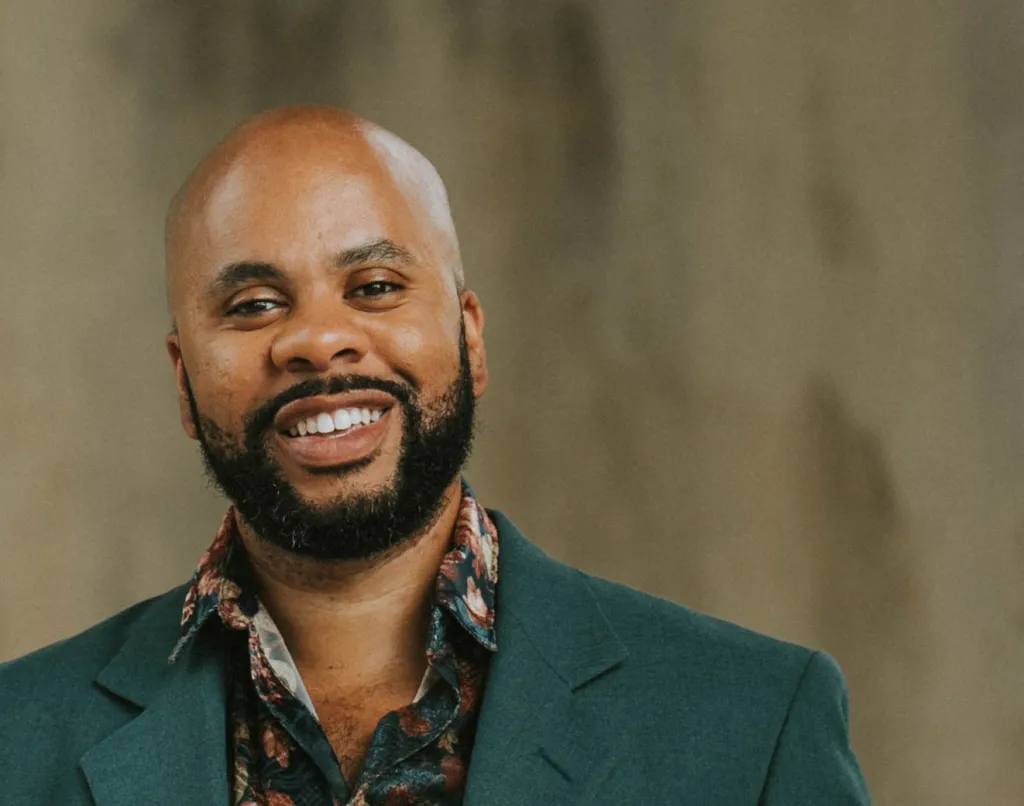Copyright berkshireeagle

One in six American children under age 5 — about 3 million — live in poverty, the highest rate of any age group. Children remain the poorest age group in America, with children of color, children under 5, children of single mothers and children in the South suffering from the highest poverty rates. Two years after the onset of the COVID-19 pandemic, child poverty remains a paralyzing problem that both causes and worsens hardships in the lives of millions of children. It especially affects a child’s ability to learn and make academic progress. Although the number of children living in poverty fell from 11.6 million to 11.1 million between 2020 and 2021, the pandemic ultimately pushed more than 1 million children over the poverty threshold. The crisis made clear how deeply entrenched wealth inequality is in America and how much it harms low-income households struggling to meet basic living expenses. Systemic racism, ingrained since the nation’s founding in American institutions, has long perpetuated child poverty. Current statistics show how effectively these barriers have pushed the American dream of economic mobility further out of reach, especially for Black and Hispanic children. The effects are visible in housing, education and health outcomes. The median family income of white households with children — $102,700 — is roughly double that of Black ($46,600) and Hispanic ($57,800) households. Systemic racism negatively impacts children by creating socioeconomic inequities that shape their housing, education and safety. It also worsens health outcomes, contributing to higher rates of asthma and obesity, as well as mental health challenges such as anxiety and depression. Before the pandemic, the Child Tax Credit — a federal tax credit that helps families with qualifying children reduce their tax liability — lifted more than 4 million children out of poverty among the 74 million living in the United States. In 2018, other programs also provided critical support, including rental and housing assistance, SNAP and TANF benefits, and unemployment insurance. Under President Donald Trump and his administration, questions have resurfaced about the future of such aid. During a recent congressional shutdown, Supplemental Nutrition Assistance Program (SNAP) benefits temporarily expired, threatening to leave more than 40 million people hungry. A last-minute court ruling required the administration to use contingency funds to make November SNAP payments, though details about those payments remain unclear. One documentary that explores this crisis with insight and emotional depth is "Born Poor," a PBS Frontline film. Fourteen years ago, director and producer Jezza Neumann followed three American children living below the poverty line in the Quad Cities — a cluster of communities along the Mississippi River on the Iowa-Illinois border. More than a decade later, Neumann returns for the third time to examine how poverty has shaped their young adulthood. Two of the children, Brittany and Kaylie, are white. The third, Johnny, is Black. Even as children, they are aware that their families are struggling. The hot-water bills go unpaid; a father’s truck — essential for work — won’t start. They often live on the economic edge, and the children don’t always receive three meals a day. Grandmothers help ensure survival, but poverty is constant. The families move frequently, stability is elusive and insecurity is the norm. Kaylie, a solitary child, is determined not to repeat her mother’s path. As a young adult, she has graduated from college, bought a house and found steady work. She sees a therapist but still blocks out painful memories and seeks direction. By the film’s conclusion, she’s living in Texas and pregnant, still hopeful her children won’t grow up the way she did. At 13, Johnny lives in a homeless shelter and dreams of becoming a football player. Those dreams sustain him as an adult, when he marries, has children and works to build stability — “to make things work.” He takes pride in his family, which gives him the anchor he lacked as a child. Brittany’s life has been harder still. After the death of her brother — her best friend and emotional support — she drops out of school and gives birth to two children who rely on food stamps. She acknowledges that she has followed in her parents’ footsteps but remains determined that her kids’ lives will be different. The documentary never softens the impact of poverty on its subjects. Each of them is acutely aware of the struggle to survive in the world they inhabit. Childhood and adolescence are painful and complex enough without economic hardship, but growing up poor can feel like a trap that’s impossible to escape. Still, throughout Born Poor, all three subjects demonstrate moments of courage and resilience — facing deprivation head-on, determined to make meaning from their struggles.



